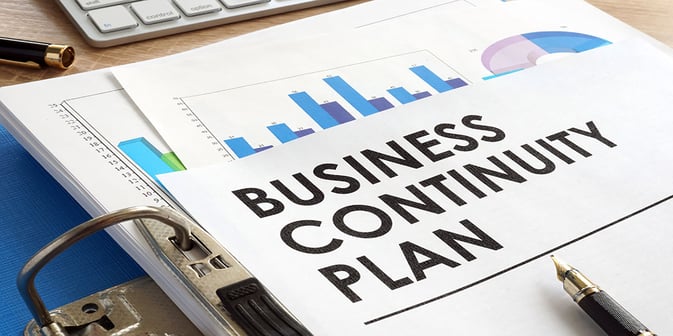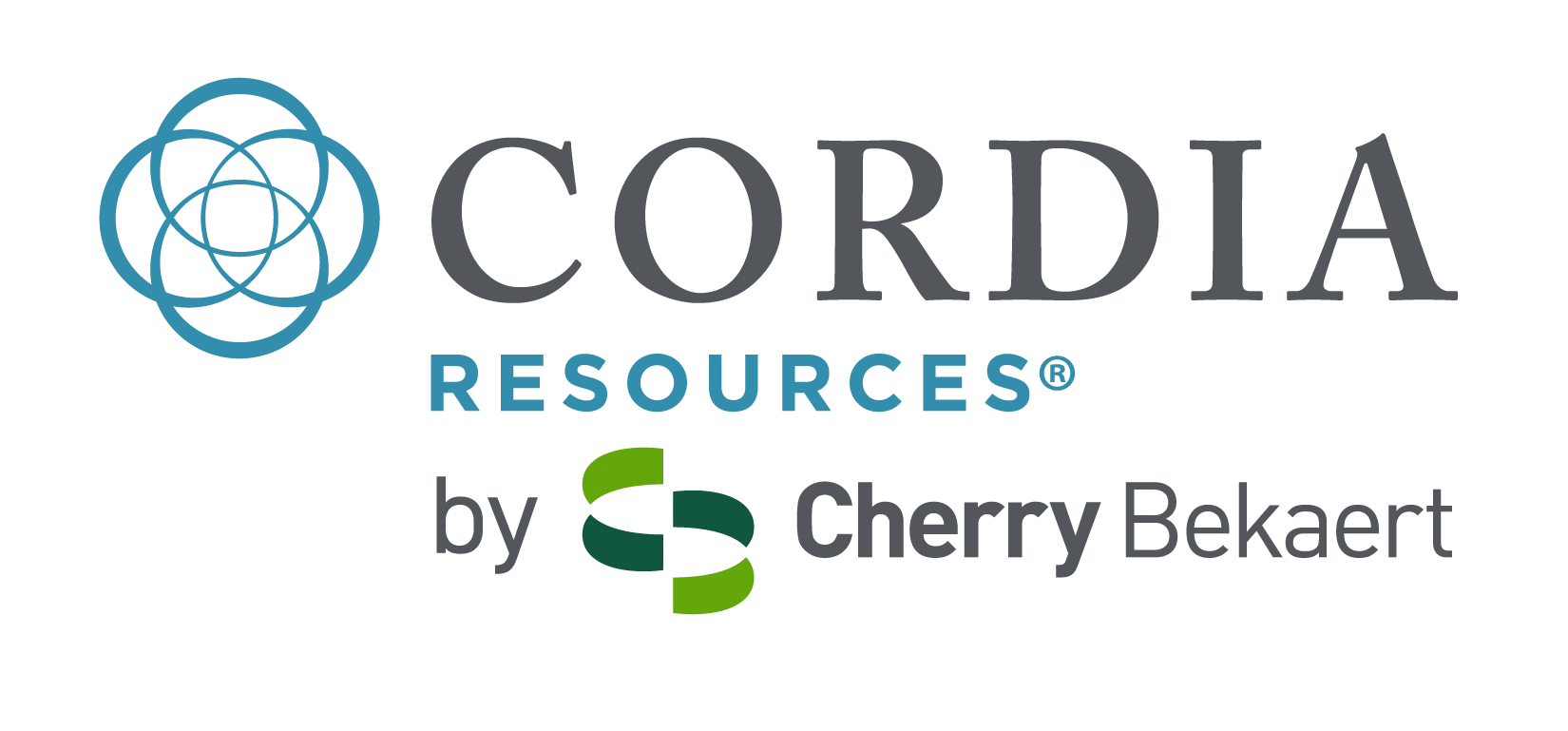
Keeping abreast of workforce and operational challenges impacting businesses during the coronavirus pandemic, COVID-19, has been important to us to help assess how we can help our clients and friends. As part of an HR Leadership Series, Cordia Resources and Human Capital Strategic Consulting hosted a webinar on the topic of business continuity, featuring three human resources executives from key industry sectors—telecommunications, pharmaceutical, and education, to gain awareness into how their organizations were maintaining operations during a disruptive time.
Access webinar and Q&A here
Compiled below are key takeaways from insights shared by our panelists, Heather Banks from Shentel, Robin Palchus from PhRMA, and Courtney Temple from Institute of International Education (IIE), to help businesses maintain its continuity during COVID-19.
Embrace Flexible Teleworking
Adapting a flexible telework policy is one of the best ways to maintain business continuity. Panelists agree that prioritizing employees’ overall well-being and giving them the ability to work when it best suited their schedules made a difference in overall productivity levels and attitudes. It’s important to establish parameters, but it’s also vital to demonstrate understanding as employees navigate the COVID-19 challenges. Many companies are allowing employees to work non-traditional hours and break up their workday as needed. Panelists advised companies to be flexible with paid and sick leave where possible and be creative, e.g., permitting “leave donations” so that individuals with extra paid time off can donate it to a co-worker in need.
Communicate Often
Communication is another key part of ensuring business continuity. Strong and frequent communications keep employees informed and engaged, while supporting relationships. Emails, newsletters, conference calls, virtual meetings, employee Intranet, and other communication channels should be used to connect with employees. Companies should also rely on external communications from key professional services partners, like legal counsel and benefits providers, to hone in on relevant business information derived from the overwhelming amount of data available.
Hire and Onboard Associates Virtually
Each panelist’s organization continues to hire full-time employees and hasn’t experienced a negative effect on human capital planning as a result of COVID-19. Virtual interviews, selection, and onboarding are the new normal at many organizations. Challenges do exist though. It’s a big shift for some leaders to interview in a virtual environment, especially introverts, and may need extra coaching to raise comfort levels. It’s also unusual for new hires to begin their tenure in a remote environment, meeting people for the first time online. Companies should look for ways to connect with new employees and make them feel part of the team. Virtual hiring can also be a challenge for quarantined IT teams that are responsible for configuring and shipping equipment to an employee location. Proactively addressing concern areas within your virtual hiring and onboarding process can ensure a better transition for new employees.
Get Creative with Employee Connections & Recognition
Our panelists agreed that maintaining social connection is critical during a time of extended isolation. Virtual events, such as coffee breaks, lunches, games, and happy hours, foster employee connections. Scheduling company time to connect on non-business matters, such as sharing updates and pictures of family activities, pets, hobbies, healthy living ideas, bingeworthy shows, and more, will keep team members engaged across the organization.
Defining creative ways to maintain employee relationships are essential to communications and business continuity, and each of the panelists’ organizations has implemented great ways to stay connected. For example, PhRMA adapted the virtual coffee break to make it even more meaningful to employees. Three times each week, their CEO takes a 45-minute virtual coffee break with five employees; employees love the personal connection. IIE’s nine-member executive team began a bi-monthly “Brady Bunch”-style video where each executive chooses a word that describes the employees as a way to thank them for their continued hard work.
Focus on the Future
A final way to promote business continuity on all levels is to remained focused on the company’s future. The pandemic may have altered an organization’s short-term course, but it’s vital to return to planning future growth. Each of the panelists’ companies are actively involved in strategic planning.
We’re Here to Help
If your organization needs assistance with hiring during COVID-19, or help identifying business continuity strategies, contact Cordia Resources.



